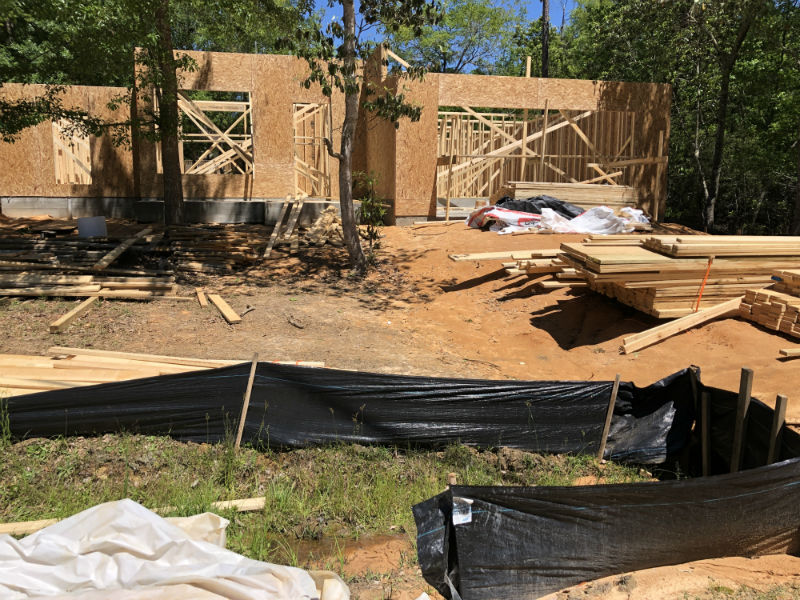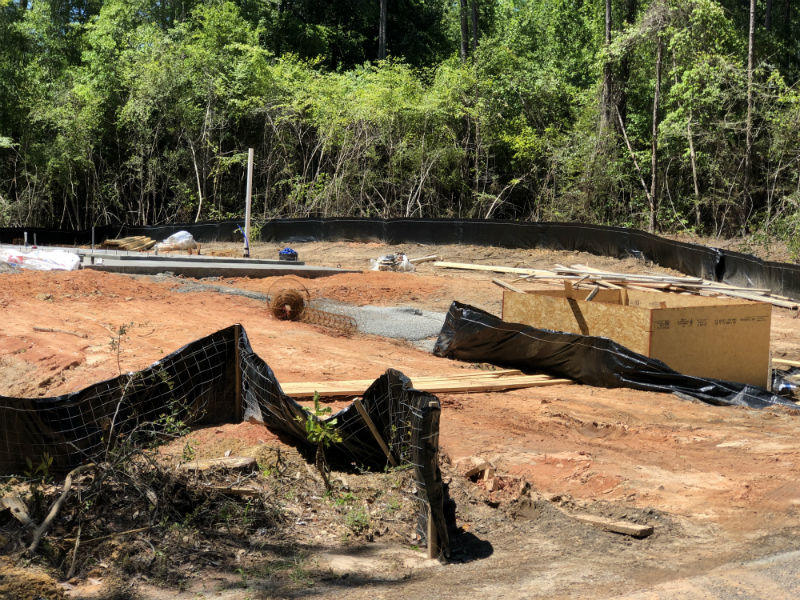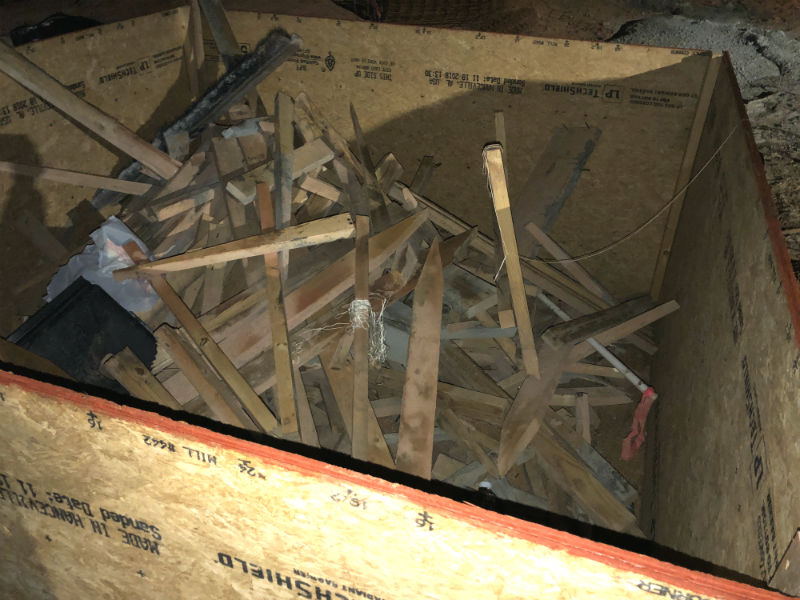No Southern-fried Southern boy wants to be called a Yankee, but we share the characteristics of shrewdness and thrift. Thus, each month we include a money-saving tip from Sticks in the Mud woodworker, Jim Randolph. It’s OK if you call him “cheap.”
We’ve written a number of times about all of the good stuff that can be had on the side of the road, especially on garbage and refuse pickup days. Click here for free stuff. And here. And here.
Now, garbage piles are not the only place to find good stuff for your woodshop.
Dumpsters can be good. A family was building a pool house on my walking path a couple of years ago and the cedar scraps I got from there were fabulous. Commercial construction dumpsters can be lucrative, too. I once collected (and sold) enough scrap steel from one to buy a new tool. Huge pieces of wood that you and I would treasure, many commercial builders just throw away.
Two new homes are going up right down the street from our house. Now, there won’t be any nice wood until the trim process begins, but the framers are already tossing out nice-sized pieces of spruce, or, “whitewood,” as the industry likes to call it now. You might find it useful as unseen interior wood in furniture, or in repair and maintenance projects around the house.
You must constantly think safety when looking for discards. You could
put a nail through your shoe, you could fall from the dumpster and break your head open, you could fall into the dumpster and get hurt.
Still, the rewards can be terrific.



Jim Randolph is a veterinarian in Long Beach, Mississippi. His earlier careers as lawn mower, dairy farmer, automobile mechanic, microwave communications electronics instructor and journeyman carpenter all influence his approach to woodworking. His favorite projects are furniture built for his wife, Brenda, and for their children and grandchildren. His and Brenda’s home, nicknamed Sticks-In-The-Mud, is built on pilings (sticks) near the wetlands (mud) on a bayou off Jourdan River. His shop is in the lower level of their home.Questions and comments on woodworking may be written below in the comments section. Questions about pet care should be directed to his blog on pet care, www.MyPetsDoctor.com. We regret that, because of high volume, not all inquiries can be answered personally.

